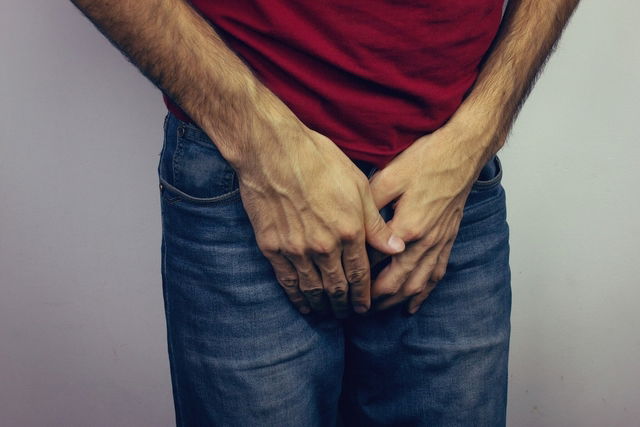Testicular torsion is a medical emergency that is characterized by the testicle twisting around the spermatic cord. This can reduce blood circulation to the penis, which can lead to serious injuries if left untreated.
Although it is not common, this condition is most seen in babies under two or children between 12 and 18 years old. The main symptom of testicular torsion is intense, sudden pain that can radiate to the groin, as well as scrotal swelling and redness.
If you notice symptoms of testicular torsion, you should proceed to the hospital immediately for a diagnosis and treatment, which typically involves surgery.

Common symptoms
Testicular torsion can cause symptoms such as:
- Intense and sudden testicular pain
- Scrotal swelling
- Increased scrotal sensitivity
- The appearance of one testicle higher than the other
- Abdominal or groin pain
- Nausea or vomiting
- Fever
Testicular torsion in children and adolescents is more frequent at night, and it is common for boys with this condition to wake up from the pain.
If you notice symptoms of testicular torsion, you should proceed to the closest emergency room for assessment and testing. Learn more about what can cause testicle pain and the treatment options available.
Confirming a diagnosis
A diagnosis of testicular torsion is confirmed by a urologist through assessment of the testicles, scrotum, groin and abdomen, followed by an evaluation of the presenting symptoms.
To confirm a diagnosis, the doctor may order tests like a testicular ultrasound or urine test to determine whether an infection is present and to rule out other conditions that can present similarly, like epididymitis, orchitis, a hydrocele or a tumor.
Main causes
The main cause of testicular torsion due to a lack of connective tissue in the scrotum to support the testicles, which allows the testicles to rotate freely in the scrotum, leading to a torsion.
Testicular torsion can also occur due to direct trauma in the area during adolescence, which is a time of rapid growth. Intense exercise (like cycling or skating) can also increase the risk for this condition.
Treatment options
Treatment for testicular torsion should be initiated as quickly as possible in a hospital setting. Surgery is performed to reposition in the testicle in the correct place and restore blood circulation to prevent cellular death.
Surgery for testicular torsion is done with an epidural. The twisted testicle is only removed if more than 6 hours have passed and has caused ischemia and necrosis. Infertility is rare after these cases and the condition rarely affects both testicles, meaning that one testicle can remain perfectly healthy.
In some cases, the doctor can reposition the affected testicle manually, as long as the patient can tolerate the pain. However, manual repositioning may not resolve the condition, as there is a risk for re-torsion. Therefore, surgery is the most indicated treatment approach.
